Miraculous miracle at Bach Mai Hospital helps 12-year-old boy miraculously revive
The boy suffered from a ruptured cervical arteriovenous malformation, cerebral hemorrhage, cardiac arrest, deep coma, septic shock, and complicated pneumonia, but thanks to the dedication and outstanding expertise of the doctors here, he miraculously revived after many days in a deep coma.
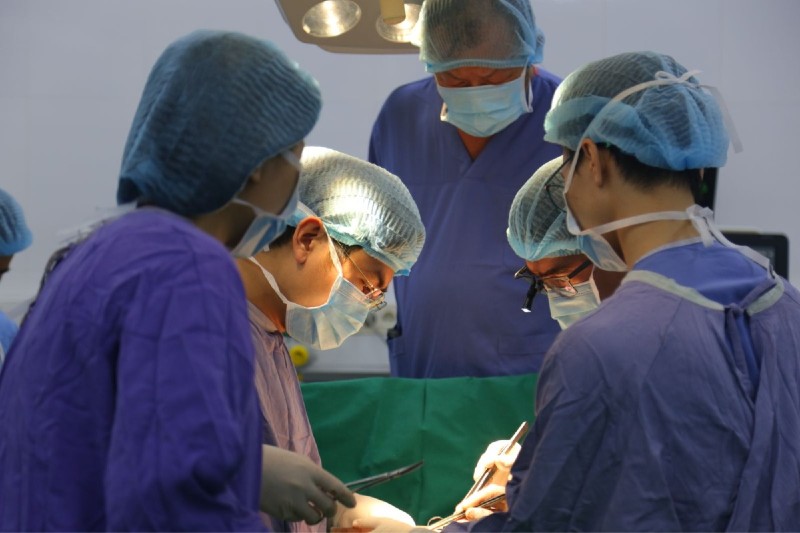 |
| Illustration photo. |
Before that, the boy only showed signs of fatigue and dizziness, which prompted his family to take him to the doctor. The diagnosis showed that he had a congenital arteriovenous malformation (AVM) of the cervical spine, located at C1-C3, a very rare and dangerous disease.
My father, who is a surgeon, took me to many places for examination, but most doctors advised monitoring and limiting strenuous exercise because the intervention rate was only 50-50 and the progression of the disease could not be predicted.
On the afternoon of February 17, 2025, while playing with his grandmother at home, the boy suddenly collapsed, lost consciousness and stopped circulating. At Thanh Ba District Medical Center, after two minutes of emergency treatment, his heart started beating again but he fell into a deep coma, had severe pulmonary edema, low blood pressure, severe respiratory failure, and required mechanical ventilation and vasopressor drugs. Brain scans showed hemorrhage around the brain stem and the fourth ventricle due to rupture of the cervical spinal AVM.
This is an extremely dangerous situation, challenging all limits of modern medicine. The patient was transferred to Phu Tho General Hospital for further intervention.
Here, doctors installed an intracranial pressure monitor, applied central hypothermia to limit brain damage, and performed blood filtration.
At the same time, Phu Tho General Hospital urgently contacted the Intensive Care Center, Bach Mai Hospital for support. Under the direct direction of Associate Professor, Dr. Do Ngoc Son, Director of the Center, the extracorporeal circulation support plan (VV-ECMO) was promptly assigned to maintain the life of the child before transferring to Bach Mai.
On February 19, 2025, the boy was transferred to Bach Mai Hospital and connected to a series of modern medical equipment: ventilator, ECMO, intracranial pressure monitor and deep sedation. However, severe pulmonary edema, pneumonia complicated by ARDS and cerebral hemorrhage at the brain stem location made the prognosis extremely dire.
Faced with this challenging case, the medical council of Bach Mai Hospital held a hospital-wide consultation and proposed a comprehensive treatment strategy: controlling cerebral edema, treating ARDS, fighting infection, controlling body temperature, and proposing AVM embolization. However, if the intervention is successful, the risk of recurrent bleeding will be controlled, creating favorable conditions for the child's recovery process.
On the afternoon of February 21, the embolization intervention was successfully performed, saving the boy's life. The following days were a fierce battle for the entire intensive care team at the hospital, from reducing pulmonary edema, controlling hemodynamics, fighting infection to gradually weaning him off ECMO and the ventilator.
On February 25, the boy regained consciousness and recognized his family; on February 27, ECMO was removed; on March 6, all support devices were removed. The boy recovered spectacularly with good cognition and motor function improving day by day, then was transferred to a lower level for rehabilitation.
By June 26, more than 4 months after the incident, the patient had completely recovered in health, intelligence and memory. In an emotional letter of thanks to Bach Mai Hospital, the patient's father wrote: "There are no words to express our gratitude. If my parents gave birth to me the first time, it was the teachers and doctors at Bach Mai Hospital who gave birth to my child a second time."
The story of this miracle is a clear demonstration of the journey of “not letting go, making the most of every opportunity, no matter how small, to save the patient’s life”. That is the “miracle” created by talented hands and a heart of medical ethics, the core values that make up the prestige and reputation of Bach Mai Hospital.
Finding kidney tumors in “fat pools”: Robotic surgery saves grade 2 obese patient
Mr. H.D.C., 52 years old, living in Ho Chi Minh City, was found to have a 2cm kidney tumor located close to the large blood vessels in the kidney, and had a ureteral stone causing a severe infection. He was also grade 2 obese with a thick amount of subcutaneous fat and internal organs, making surgery difficult.
He was hospitalized with severe pain radiating from the lower back to the pelvis, accompanied by a persistent high fever. After receiving medical treatment to stabilize the urinary tract infection, doctors from the Department of Urology, Center for Urology - Nephrology - Andrology, Tam Anh General Hospital, Ho Chi Minh City, under the leadership of Dr. Nguyen Hoang Duc, performed a "2 in 1" surgery: lithotripsy of the left ureter using a flexible retrograde endoscopy, then using the Da Vinci Xi robot to endoscopically remove the left kidney tumor.
With the retrograde endoscopic lithotripsy method, a flexible endoscope is inserted through the urinary tract without opening an incision. The doctor uses a laser to break and completely crush Mr. C's ureteral stones.
Next, in the kidney tumor removal surgery, the Da Vinci Xi robot supported the separation and lifting of each thick layer of fat in the obese patient's "fat pool", helping the doctor accurately cut the tumor close to the large blood vessels, maximally preserving the kidney, while effectively controlling bleeding without damaging healthy tissue.
Pathology results showed that Mr. C.'s kidney tumor was cancerous. Fortunately, the disease was detected early, creating conditions for radical surgery and a very good prognosis. Dr. Nguyen Hoang Duc said that Mr. C. is one of many cases of kidney tumors discovered accidentally and promptly at Tam Anh General Hospital recently, all in the early stages and successfully treated, helping to preserve the entire kidney and improve the quality of life.
Kidney cancer is a malignant growth of cells in the kidney, which often progresses silently and causes no symptoms in the early stages. Risk factors include smoking, genetics, exposure to toxic chemicals and especially obesity.
According to the American Cancer Society, about 5% of cancers in men and 11% of cancers in women are linked to being overweight or obese. Excess body fat can promote cancer cell growth through chronic inflammation and hormones like insulin and estrogen.
Doctor Duc warned that kidney cancer often has no typical signs when the tumor is still small, many people only discover it by chance during a routine health check. Back pain or blood in the urine often appears when the disease has progressed severely, "pain is too late". Therefore, regular health screening every 6 to 12 months is very important for early detection and timely treatment, increasing the patient's chances of survival.
In addition, to prevent kidney cancer and many other diseases, people need to maintain a healthy lifestyle: eat a balanced diet, exercise regularly, do not smoke and control weight effectively, especially for those who are overweight or obese.
Panicked because of thinking cancer, turns out to have rare congenital disease
Recently, Medlatec Go Vap General Clinic received a case of Mr. LHV (34 years old) who came to the clinic with anxiety, suspecting that he had tongue cancer after discovering a white lump in the middle of his tongue, which could be squeezed out of bean curd.
According to Mr. V., in the past few weeks, he noticed a white lump in the middle of his tongue, which when squeezed out produced a liquid that resembled bean curd. Although he was still eating and drinking normally, he felt a bit stuck when swallowing, so he decided to go to the doctor to find out the cause.
At MEDLATEC, after taking a medical history, he was assigned to perform specialized imaging diagnostic techniques to accurately determine the condition.
Thyroid and neck ultrasound revealed a thyroglossal cyst, a rare and completely benign congenital anomaly. In addition, the thyroid nodule in the right lobe was classified as TI-RADS 3, with a low risk of malignancy.
Next, a non-contrast computed tomography (CT) scan of the neck also confirmed a lesion consistent with a thyroglossal cyst, with no lesions of the cervical spine or other adjacent structures detected.
Based on clinical and paraclinical results, the doctor diagnosed Mr. V. with a thyroglossal cyst - a rare congenital malformation. The patient was advised to periodically monitor the size of the cyst and only need surgical intervention when the cyst grows large or causes prolonged symptoms.
Dr. Tran Minh Dung, an ENT specialist at Medlatec Go Vap, said that a thyroglossal cyst is formed when the thyroglossal duct does not completely regress during embryonic development. This is a rare congenital defect and usually does not cause symptoms.
“Most patients discover cysts by chance during a physical examination or through an ultrasound of the neck. In symptomatic cases, patients often see a soft, painless mass that moves with swallowing or when sticking out the tongue, usually located in the middle of the neck, below the hyoid bone,” Dr. Dung explained.
In addition, if the cyst is large, the patient may feel difficulty swallowing or have mild difficulty breathing if the cyst compresses the airway. In case the cyst is infected, it can cause swelling, pain, and even mild fever and discharge if the cyst ruptures.
Neck ultrasound is the first diagnostic tool to detect thyroglossal cysts and make a preliminary assessment of the thyroid gland. However, to accurately diagnose and determine the location and size of the cyst, a CT scan of the neck is the optimal method thanks to its high resolution, helping doctors to accurately guide treatment, especially if surgery is required.
Dr. Dung also shared that many patients, when they see an unusual mass in the tongue or neck area, often worry about cancer. They often go to many places for examination at high costs but still cannot determine the specific pathology.
“However, thyroglossal cysts are not cancerous, most are benign tumors and do not seriously affect health. Only when the cyst causes symptoms or re-inflames many times, surgery is needed to remove it and avoid complications,” the doctor emphasized.
He advised people when discovering unusual signs in the neck or tongue area to go to reputable medical facilities with ENT specialists for accurate diagnosis and appropriate treatment advice.
Source: https://baodautu.vn/tin-moi-y-te-ngay-276-cau-be-12-tuoi-hoi-sinh-ky-dieu-nho-cac-bac-sy-benh-vien-bach-mai-d314965.html




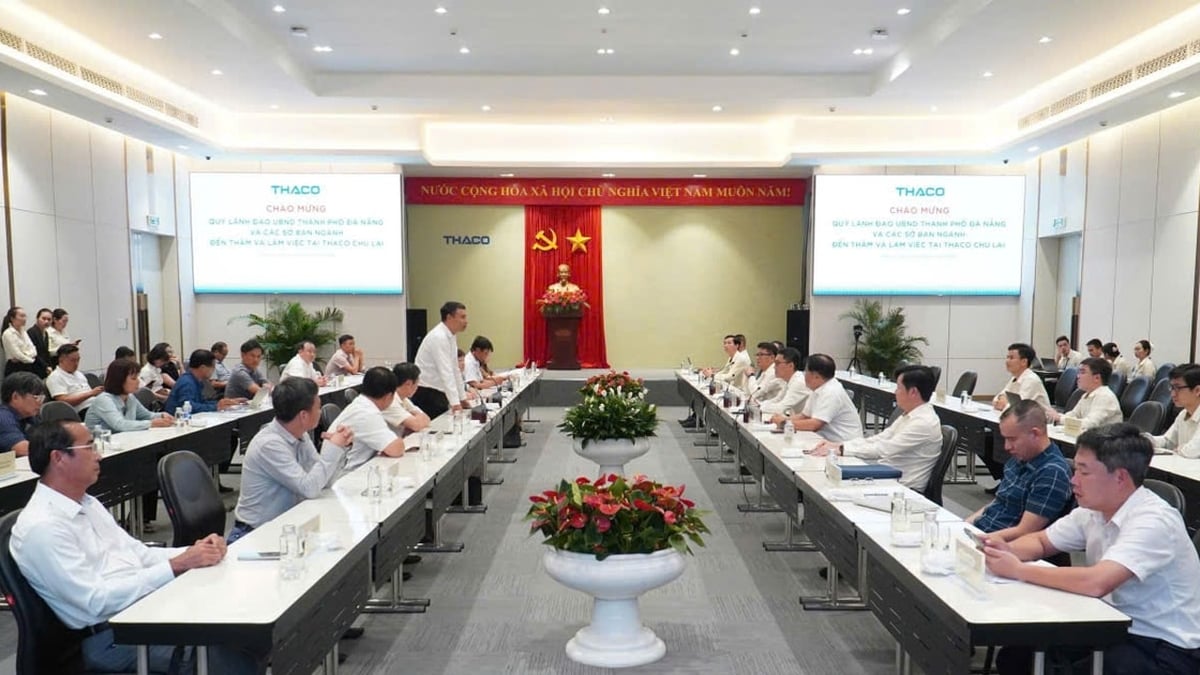

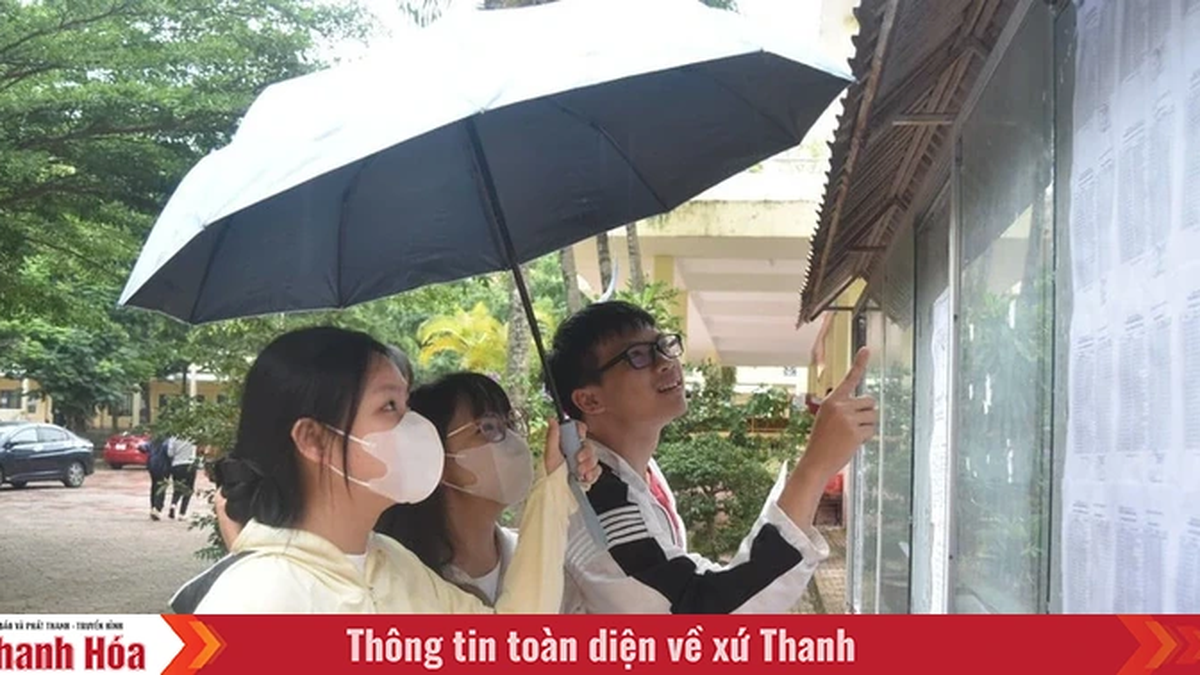


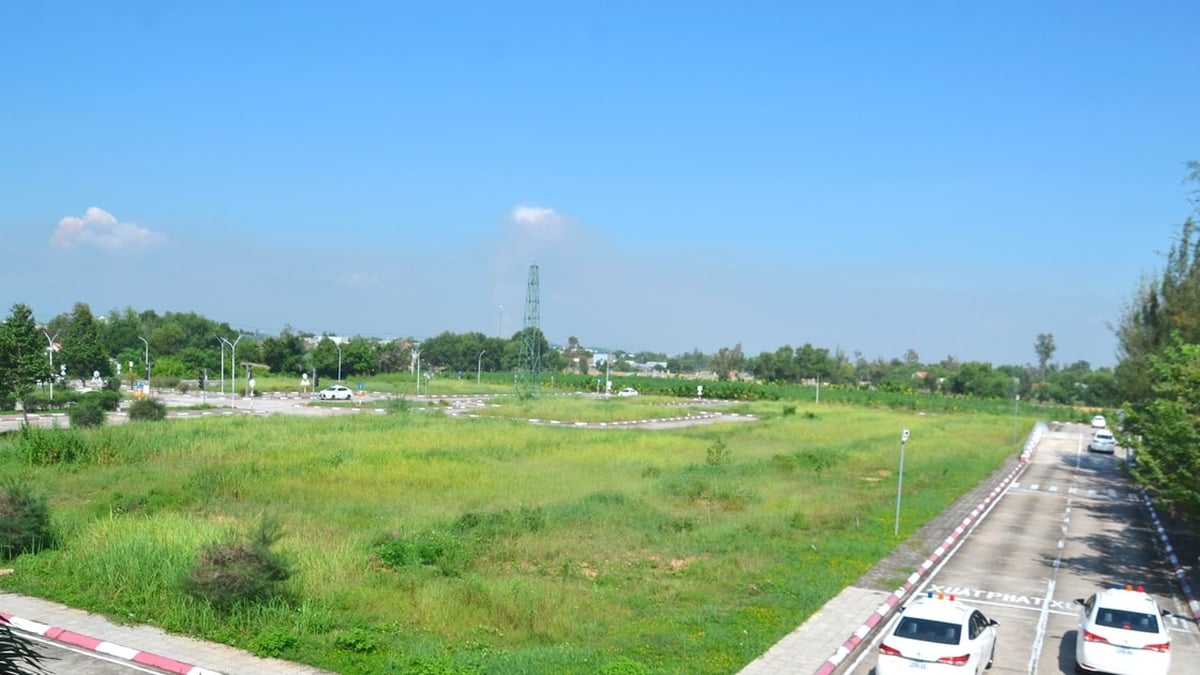
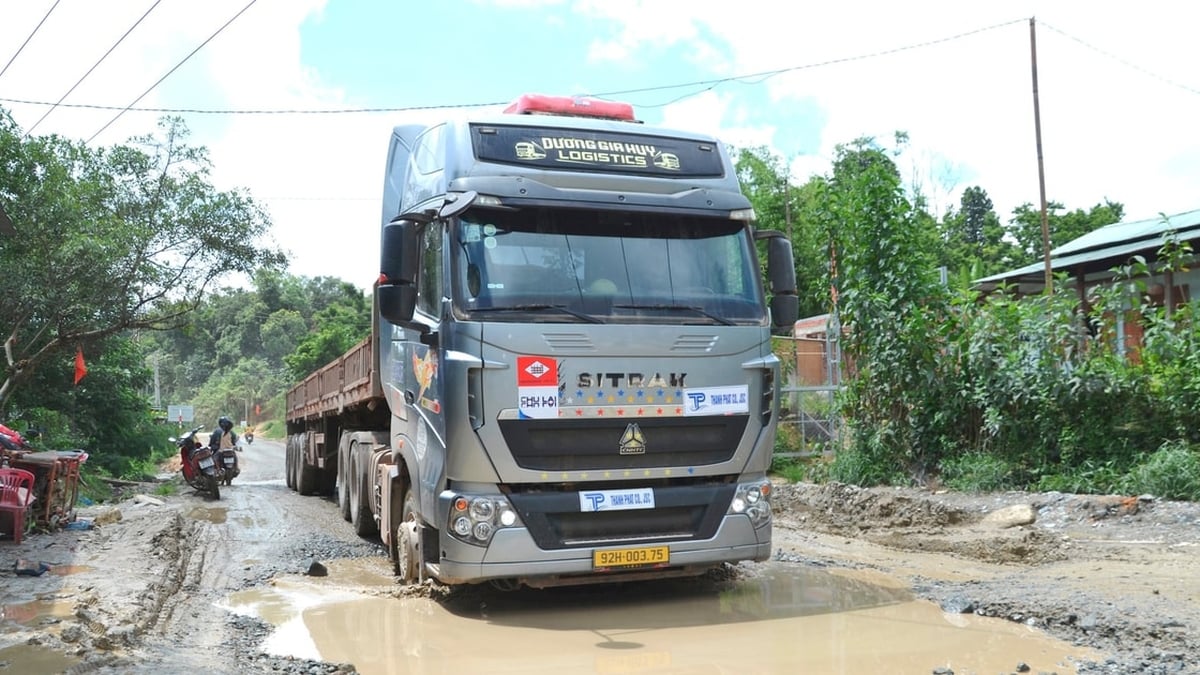



























































































Comment (0)